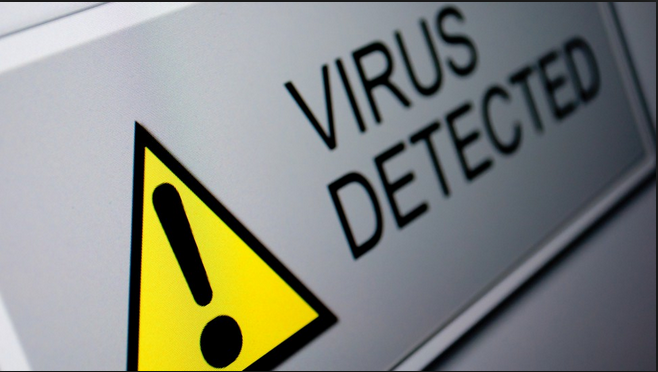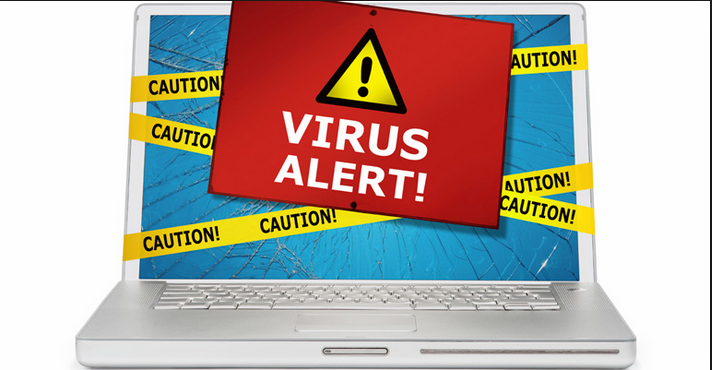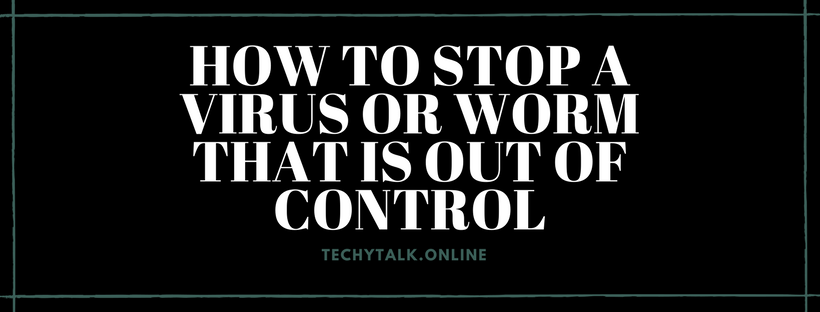
Surviving Viruses
Surviving Viruses: A virus is a piece of software designed to infect a computer system. Under the best of circumstances, a virus may do nothing more than reside on the computer, but it may also damage the data on your hard disk (HDD), destroy your operating system, and possibly spread to other systems.
Viruses get into your computer in one of three ways:
- On contaminated media (DVD, USD drive, or CD-ROM)
- Through email and social networking sites
- As part of another program
Viruses can be classified as:
Polymorphic: These viruses change form in order to avoid detection.
Stealth: These viruses attempts to avoid detection by masking themselves from applications.
Retroviruses: These viruses attack or bypass the antivirus software installed on a computer.
Multipartite: These viruses attack your system in multiple ways.
Armored: This type of virus is one that is designed to make itself difficult to detect or analyze.
Companion: This type of virus attaches itself to legitimate programs and then creates a program with a different filename extension.
Phage: This type of virus is one that modifies and alters other programs and databases.
Macro: This type of virus exploits the enhancement made to many application programs, which are used by programmers to expand the capability of applications.
Each type of virus has a different attack strategy and different consequences.
NOTE: Estimated for losses due to viruses are in the billions of dollars. These losses include financial loss as well as losses in productivity.



